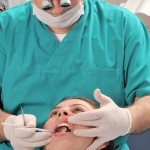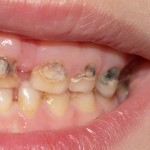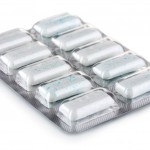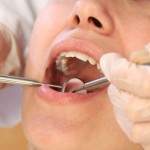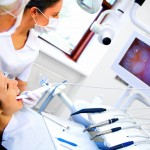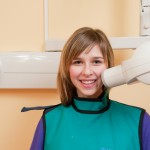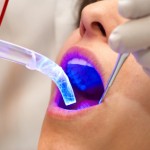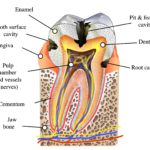
This Cochrane review of interventions to treat carious lesions conventionally considered to require restorations in primary or permanent teeth with vital pulps included 27 RCTs. Compared with conventional treatment there were lower numbers of failures with the Hall technique and selective excavation (SE) in primary teeth and with SE and stepwise removal in permanent teeth.
[read the full story...]
